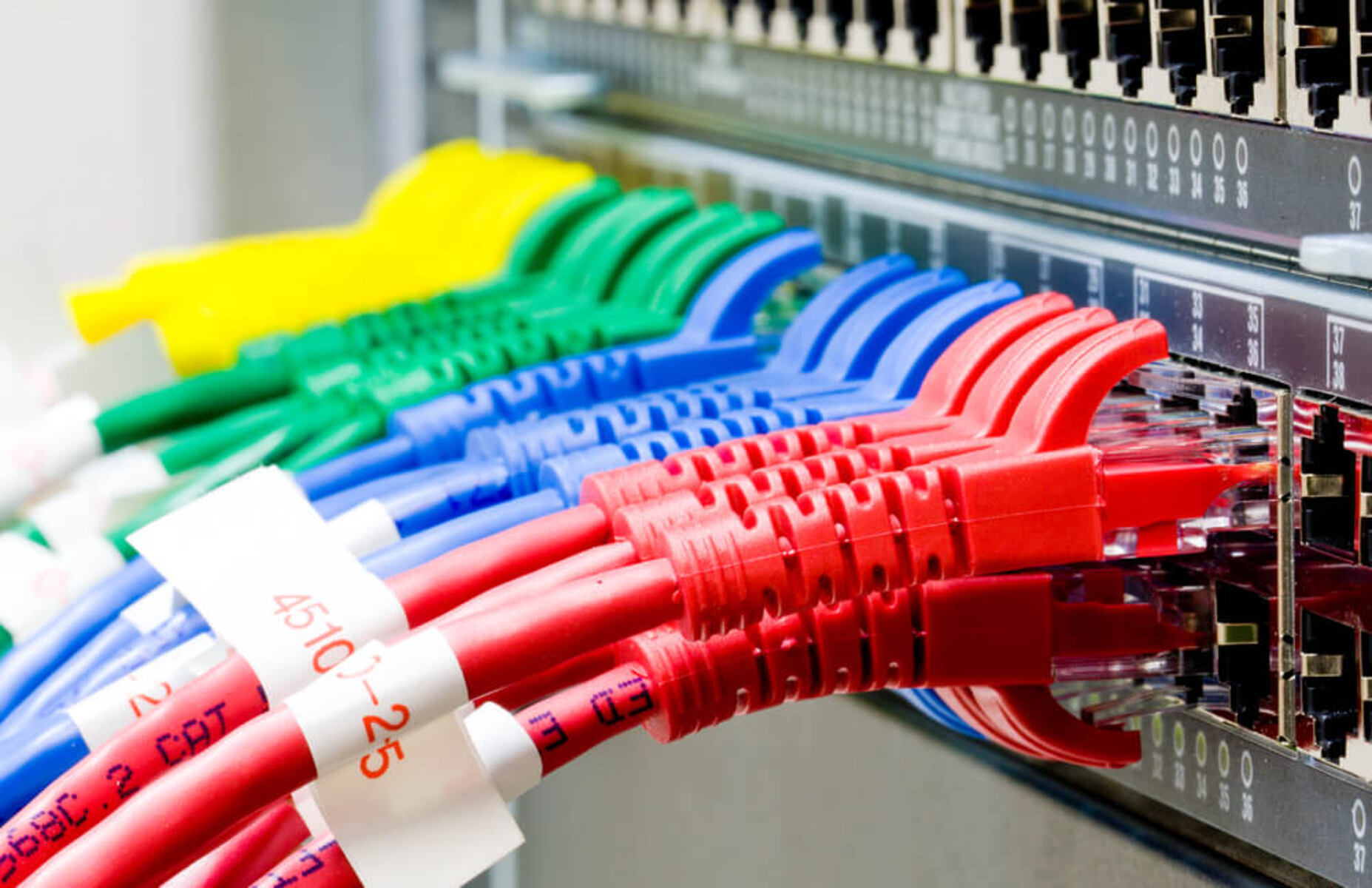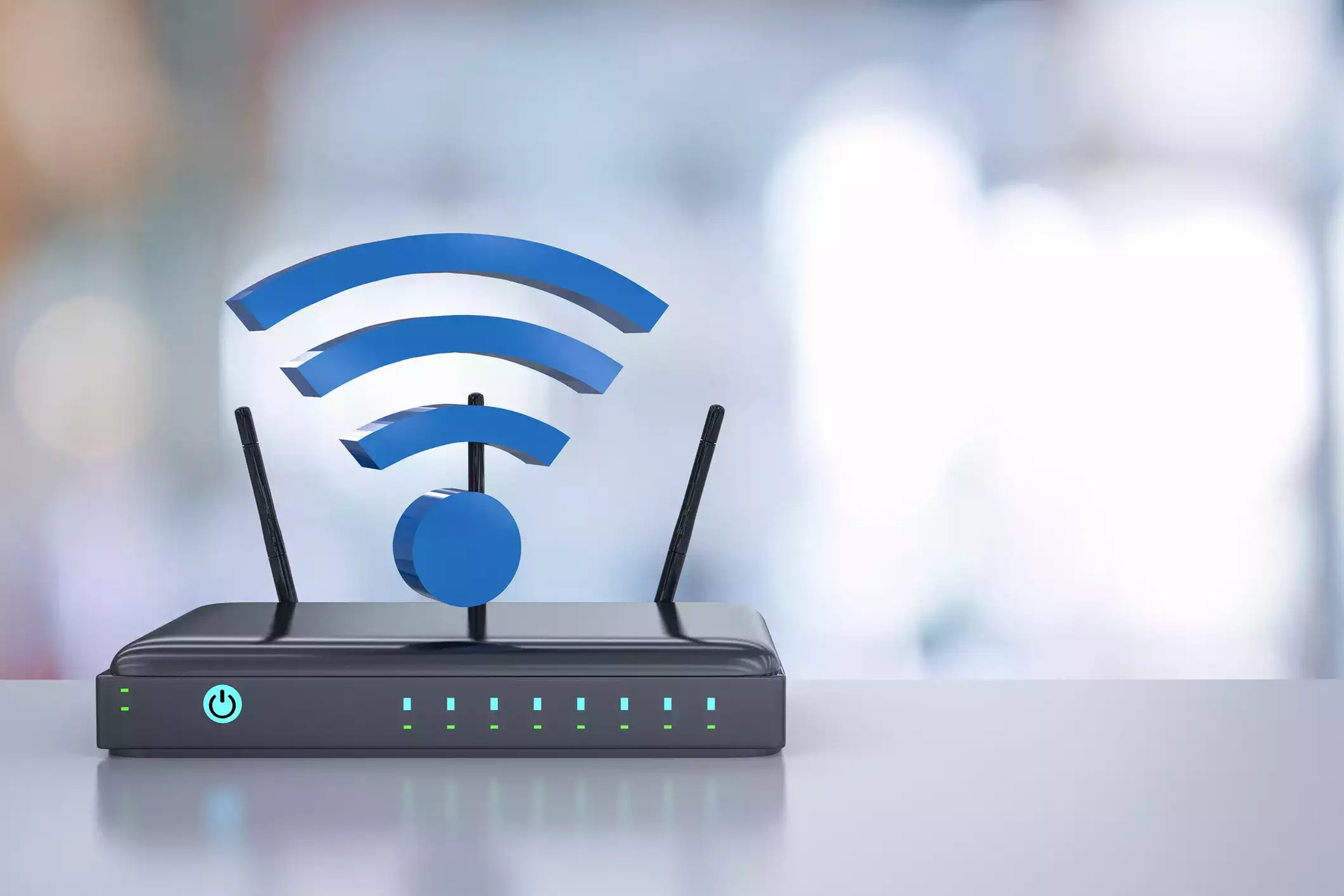Introduction
Introduction
A network switch is a critical component of any computer network, responsible for directing data to its intended destination. When a network switch malfunctions, it can lead to a myriad of issues, including slow performance, intermittent connectivity, and even complete network failure. Identifying the signs of a failing network switch is crucial for maintaining a stable and efficient network infrastructure.
In this article, we will explore the physical signs, performance issues, and connectivity problems that may indicate a faulty network switch. Additionally, we will discuss the steps involved in diagnosing a bad network switch, empowering you to troubleshoot and resolve potential issues effectively.
Understanding the indicators of a failing network switch is essential for preemptive maintenance and swift resolution of network disruptions. Whether you are a seasoned IT professional or a small business owner managing your network, being able to recognize the warning signs of a bad network switch can save time, resources, and prevent potential network downtime. Let's delve into the key indicators that can help you determine if your network switch is in need of attention.
Physical Signs of a Bad Network Switch
Physical Signs of a Bad Network Switch
Physical indicators can often provide early warnings of a failing network switch. By paying attention to these signs, you can proactively address potential issues before they escalate.
- Unusual Sounds: A network switch in good condition operates quietly. If you notice unusual buzzing, clicking, or humming noises emanating from the switch, it could indicate internal hardware problems.
- Overheating: Excessive heat emitted from the switch or the surrounding area can be a sign of internal component failure or inadequate ventilation. Physical inspection for heat-related issues is crucial in assessing the health of the switch.
- Visible Damage: Inspect the exterior of the switch for any visible damage such as cracks, scorch marks, or loose components. Physical damage can compromise the switch’s functionality and should be addressed promptly.
- LED Indicator Anomalies: Pay attention to the LED indicators on the switch. Inconsistent or flickering status lights may indicate underlying hardware or connectivity issues.
Regular visual inspections and awareness of these physical signs can aid in the early detection of potential switch malfunctions, allowing for timely intervention to prevent network disruptions.
Performance Issues
Performance issues within a network can often be attributed to a faulty network switch. Recognizing these issues is crucial for maintaining a smoothly functioning network infrastructure.
- Slow Data Transfer: A deteriorating network switch can lead to sluggish data transfer rates between devices connected to the network. If you notice a significant decrease in data transfer speeds, the network switch may be the culprit.
- Packet Loss: An increase in packet loss, where data packets fail to reach their intended destinations, can indicate underlying issues with the switch’s internal routing capabilities. This can lead to network congestion and data transmission errors.
- Latency: Elevated latency, or delays in data transmission, can be a symptom of a malfunctioning network switch. Increased latency can disrupt real-time communication and impact the overall network performance.
- Inconsistent Throughput: Fluctuating network throughput, characterized by inconsistent data transfer rates, can be indicative of a problematic network switch struggling to maintain stable connectivity.
By actively monitoring network performance and promptly addressing these issues, you can mitigate the impact of a failing network switch on your network’s overall efficiency and stability.
Connectivity Problems
Connectivity problems stemming from a malfunctioning network switch can disrupt the seamless flow of data within a network. Identifying these issues is crucial for maintaining a reliable and uninterrupted network connection.
- Intermittent Connectivity: Devices intermittently losing connection to the network or experiencing frequent disconnections can indicate a faulty network switch. This can disrupt ongoing processes and lead to data transmission errors.
- Device Recognition Issues: Difficulty in recognizing and establishing connections with networked devices can be a sign of a deteriorating network switch. This can manifest as devices being unable to join the network or experiencing repeated connection failures.
- Unresponsive Ports: Ports on the network switch becoming unresponsive or failing to detect connected devices can impede network connectivity and data transmission, indicating potential switch malfunctions.
- Network Segment Isolation: Isolation of specific network segments or devices, where they become inaccessible to other parts of the network, may point towards internal routing issues within the network switch.
By promptly addressing connectivity problems and conducting thorough diagnostics, you can identify and resolve potential network switch issues, ensuring consistent and reliable network connectivity for all connected devices.
Diagnosing a Bad Network Switch
Diagnosing a bad network switch involves a systematic approach to identify and address potential issues affecting its functionality. By following a structured diagnostic process, you can effectively pinpoint the root cause of the problems and take appropriate remedial actions.
Network Monitoring Tools: Utilize network monitoring tools to assess the performance and traffic patterns within the network. These tools can provide valuable insights into data transfer rates, packet loss, and network latency, aiding in the identification of switch-related issues.
Physical Inspection: Conduct a thorough physical inspection of the network switch, checking for signs of damage, overheating, or irregular LED indicator behavior. Address any visible physical anomalies that may indicate underlying hardware issues.
Port Testing: Test the individual ports on the network switch to identify any unresponsive or malfunctioning ports. This can help isolate specific areas of concern and determine the extent of the switch’s operational capabilities.
Packet Analysis: Perform packet analysis to identify and analyze network traffic patterns, potential bottlenecks, and anomalies in data transmission. Anomalies detected during packet analysis can provide valuable clues about the switch’s performance and functionality.
Replacement and Redundancy: Consider implementing redundancy measures by introducing backup network switches or replacing the existing switch with a spare unit for testing purposes. This can help determine if the issues are specific to the switch in question or are related to broader network infrastructure challenges.
By systematically diagnosing a bad network switch through a combination of network monitoring, physical inspection, port testing, packet analysis, and redundancy measures, you can effectively identify and address potential issues, ensuring the stability and reliability of your network infrastructure.
Conclusion
Recognizing the signs of a failing network switch and understanding how to diagnose potential issues are essential skills for maintaining a robust and efficient network infrastructure. By paying attention to physical indicators, performance issues, and connectivity problems, network administrators and IT professionals can proactively address switch-related issues, preventing network disruptions and data transmission errors.
Regular physical inspections, utilization of network monitoring tools, and systematic diagnostic approaches are vital in identifying and resolving potential network switch malfunctions. Timely intervention and proactive maintenance can significantly reduce the impact of a failing network switch on the overall network performance.
Furthermore, implementing redundancy measures and considering switch replacement options can aid in maintaining uninterrupted network connectivity and data transmission. By leveraging these strategies, organizations and businesses can ensure the seamless operation of their network infrastructure, minimizing downtime and maximizing productivity.
In conclusion, staying vigilant and responsive to the signs of a bad network switch is paramount for maintaining a stable and reliable network environment. By actively monitoring, diagnosing, and addressing potential switch-related issues, network administrators can uphold the integrity of their network infrastructure, facilitating smooth data flow and uninterrupted connectivity for all connected devices.

























